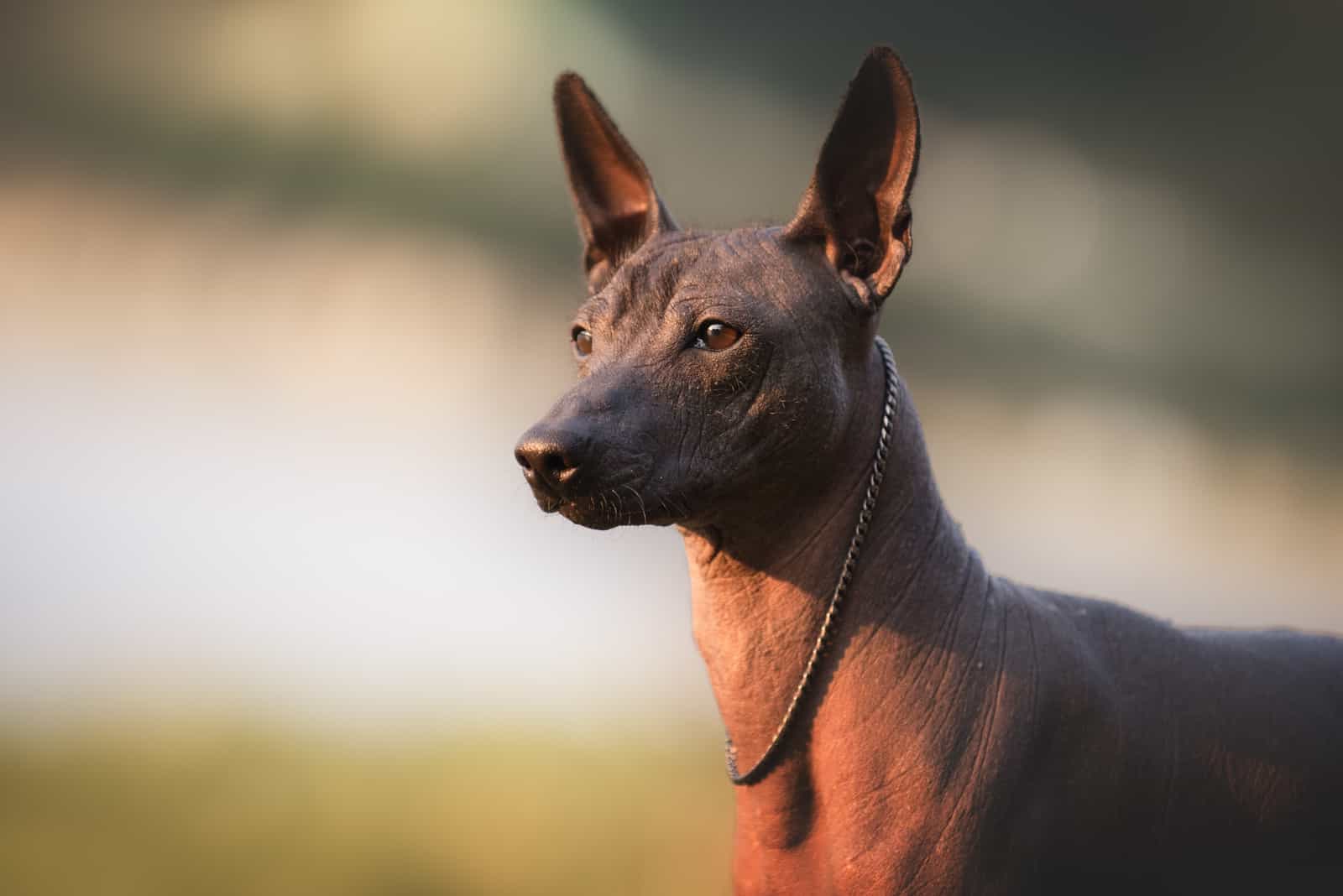Mexico, aka the land of great Tacos and great culture, has a dog overpopulation. To the world, Mexico is a beautiful country with scenic views, but the reality of some living standards is quite different.
Mexican street dogs often are referred to as street dogs or village dogs. They are friendly in general, yet they occasionally exhibit caution around people (most likely because of past trauma, sadly).
This tough, street-smart, all-purpose breed most likely descended from the packs of stray and wild dogs that prowl Mexico’s streets and beaches.
Mexican street dogs, however, aren’t considered to be true companion animals by some specialists. They suggest that the dogs are essentially independent scavengers who are descended from the original dogs, which first emerged hundreds of years ago.
Whatever the case, there hasn’t been much human engagement in breeding Mexican Street Dogs. And as a result, the dogs are available in a range of shapes, colors, and sizes.
About 70% of Mexico’s 18 million canines, based on the National Institute of Statistics & Geography, are estimated to be street dogs.
What Are Mexican Street Dogs?
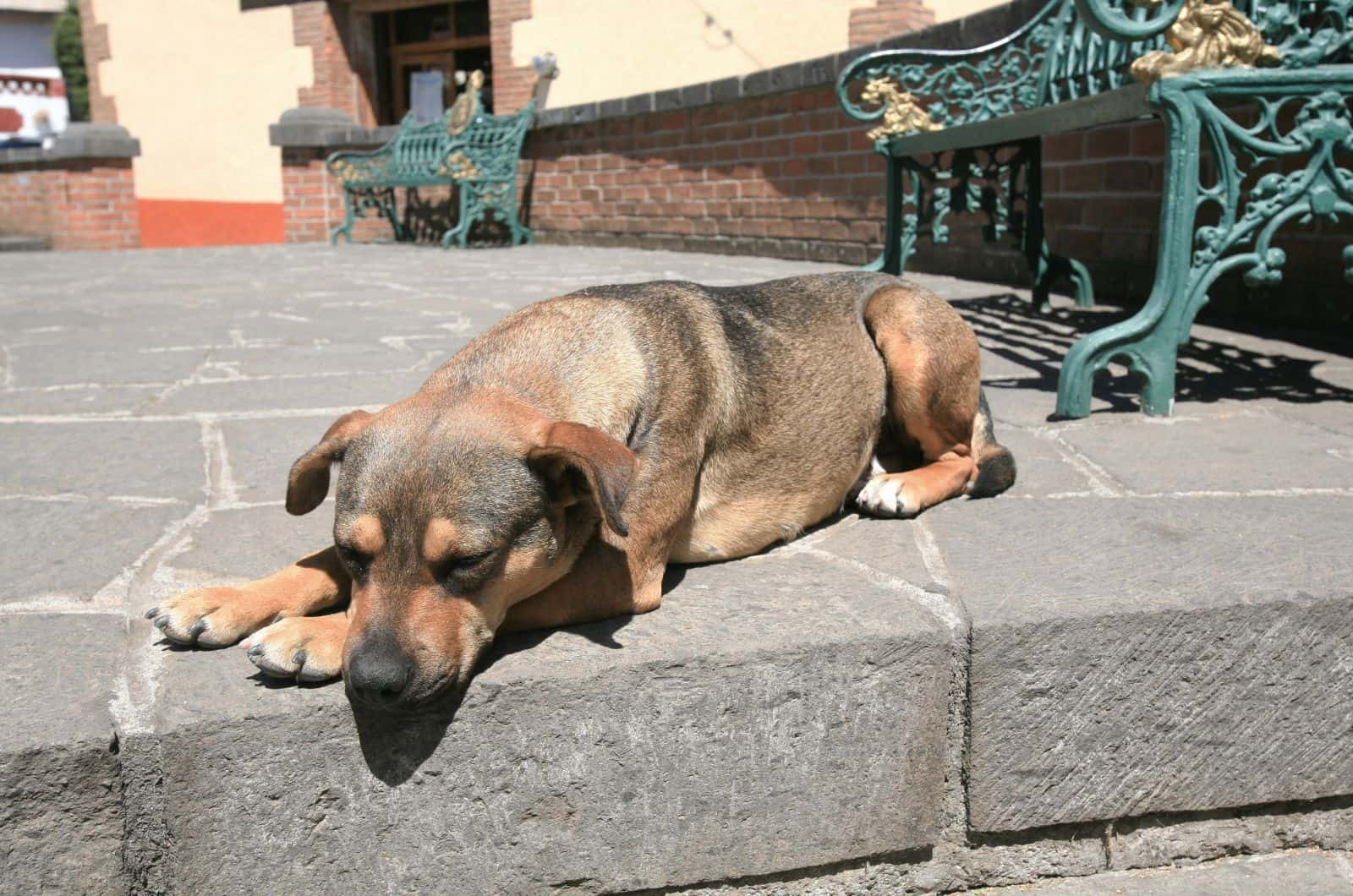
Dogs are probably not what immediately comes to mind when you think about Mexico. However, things aren’t the same everywhere in Mexico, even outside the hotels and residences that most visitors identify with the country. The amount of stray dogs in the nation is the highest in all of Latin America.
Many of the Mexican street dogs are born as a stray. However, Mexican street dogs are also often just abandoned by their owners, because the owner couldn’t afford to keep them anymore or just because the dog became too big for them, or any other reason.
Knowing that poverty is a huge problem of Latin America in general, it does make sense that there is an overpopulation of street dogs. Some people just cannot afford to take care of their pets anymore, and then they set it free.
It is sad, I know. But that is just how things are. When you don’t have enough for yourself, you cannot possibly have enough to provide for your pet.
What Is The Mexican Word For Street Dogs?
Mexicans are really creative when it comes to nicknames for their street dogs.
The Mexicans usually call their street dogs cholo, tuffy, perros callejeros, or just village dogs. Some give them a proper dog name if the dog is local and if it hangs around the neighborhood.
Why Are There So Many Stray Dogs In Mexico?
This problem can be approached from many sides. However, one of the most prominent problems is irresponsible breeders and even more, irresponsible dog owners.
It is not okay, and it will never be okay, to abandon your dog when it grows up because it doesn’t look like a puppy anymore, or just because you don’t want to keep it as your pet anymore.
Another problem is the result of a lack of laws and state policies which could regulate the lives of stray dogs.
The problem of street dogs is a problem of the entire world. There are many street dogs in Mexico, but this is also true of many other countries too.
While there are some negligent pet owners, the majority of the time the issue stems from a lack of understanding about, and the accessibility of, spay and neuter programs, which hold the key to resolving the nation’s animal homelessness issue.
Local animal advocacy groups are striving to alter this. However, they need help, and people from abroad are often those who give the biggest donations and advice.
What Is The Population Of Mexico?
Mexico is highly populated. There are now 131,973,444 people living in Mexico. And in Mexico-the rich are filthy rich, and the poor are terribly poor. However, most of the people have pets, or have had pets in their life.
And you guessed it – the most popular pet to have in Mexico is a dog.
Makes Sense, Right?
Having in mind all of those numbers and facts, it is not that odd that there are many dogs roaming the streets freely.
The country does not have a regulated law of neutering or giving vaccinations to stray dogs, which means that they can breed limitlessly, and they can possibly be sick.
This leaves the Mexican street dogs enough space to breed freely, therefore uncontrollably expanding the population of stray, homeless dogs.
Which Dog Breed Are The Mexican Street Dogs?
The Mexican street dogs are living freely on the streets of Latin America. This means that these dogs breed with each other, creating new mixed dog breeds.
However, many of the dogs on the streets of Mexico are purebred dogs, which means that they were abandoned by their owners, and left to be on their own.
1. Xoloitzcuintli / Xolo / Mexican Hairless Dog
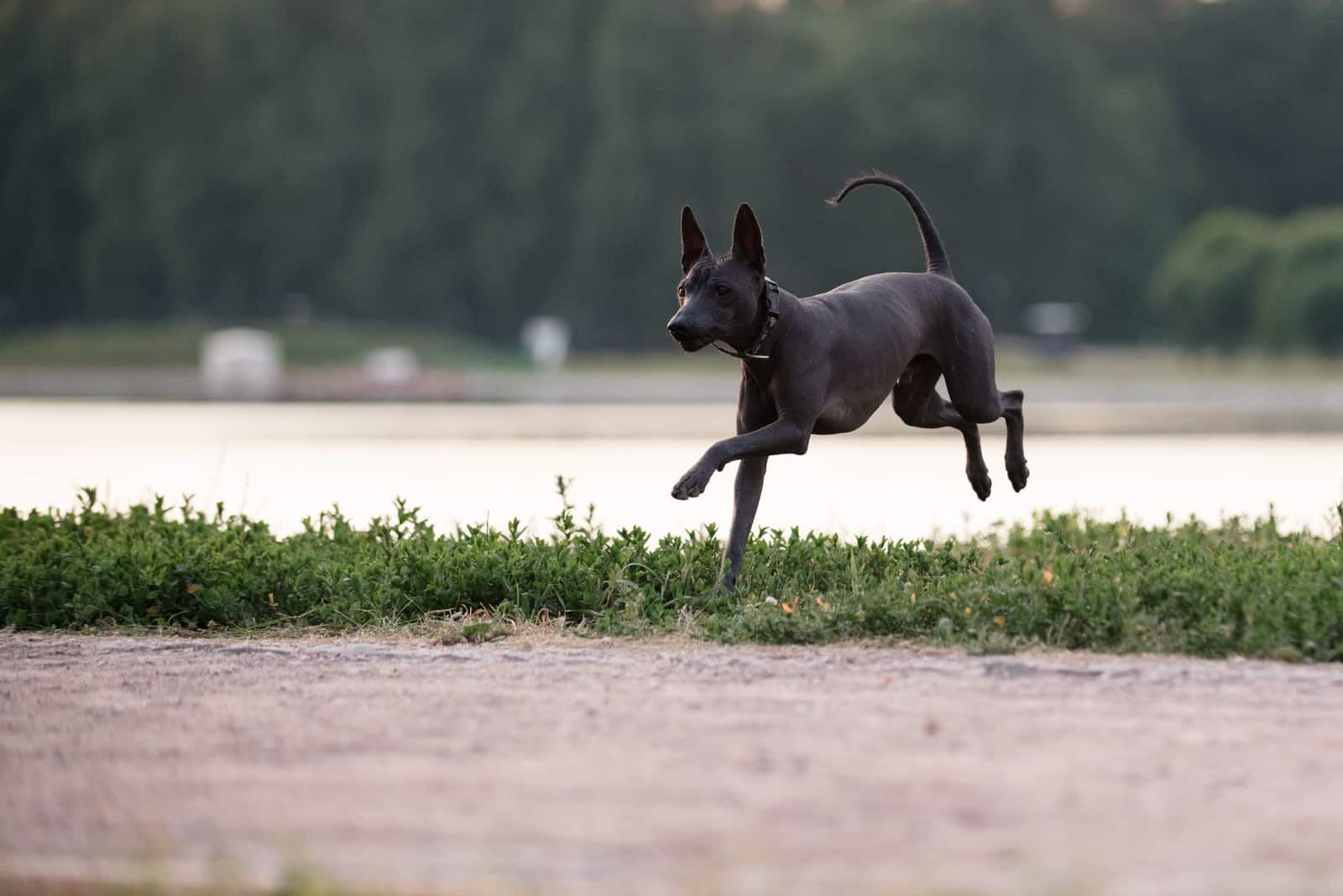
As there are many Xolo breeders in Mexico, there are many Xolos accordingly.
The ancient dog of the gods of the Aztecs, Xoloitzcuintli, is still a popular dog breed today. Well, at least popular enough that it ends up being amongst the 5 most common Mexico street dogs. The Mexican Hairless dog or the Xolo is the national Mexican dog breed.
The Xolo has two types of coat. And it is characterized by three sizes, and every one of them is considered popular. The Xoloitzcuintli can be of three versions (toy, miniature, and conventional), and three different colors. The dog can be hairless and coated.
The skin of the hairless is hard, smooth, and form-fitting. The coated type has a thin, flat layer covering it. Both kinds are available in a wide range of dark hues, including black, gray-black, slate, crimson, liver, and bronze.
A Xolo has a thoughtful, intellectual face, and when they are thinking deeply, their foreheads will wrinkle, just as if they are an ancient philosopher. The sleek, elegant body of the Xolo is unexpectedly tough and robust.
They are highly intelligent dogs, which makes getting around Mexico city easier. They have learned how to take care of themselves and find food in various places. Many people take them as pet dogs, and later on, get rid of them because they live really long and eat a lot.
2. Chihuahua
Mexican toy dogs of the Chihuahua or Chihuahueo breed are popular worldwide. It is one of the smallest dog breeds and was named after the Chihuahua state in Mexico. It is typically maintained as a pet or for display. However, there are many mysteries surrounding the topic of what Chihuahuas were bred for.
There is a huge number of breeders of Chihuahuas worldwide. It is one of the most popular small dog breeds in the world, and especially in Mexico, where they are a native dog breed.
Chihuahuas’ Background
Native American dogs are thought to have come to North America through Siberia some ten thousand years ago, and they were subsequently kept in isolation for almost nine thousand years until the first European explorers arrived. These pre-contact canines had a distinctive genetic imprint that is now practically extinct.
Two Mexican breeds, the Chihuahua and the Xoloitzcuintli, are thought to retain roughly 4% and 3%, respectively, of their pre-colonial lineage, according to research conducted in 2020, based on the sequencing of ancient canine genomes.
Effigies, pots, and sculptures from 300 BC portraying a dog with uncanny resemblances to the Chihuahua were found when archaeologists excavated old burial tunnels in Colima, Mexico.
Additionally, 100 AD-era wheeled dog toys with apple head variations have been found by archaeologists in Central America. These were probably two distinct Techichi breeds, indicating a close relationship to the contemporary Chihuahua.
A 1,200-year-old Mayan figure showing a lady embracing a baby in one hand, and a little dog with traits of a Chihuahua in the other, is another piece of documentation corroborating the Techichi hypothesis. Tulane University in New Orleans is where you may find this statue.
How Did They End Up On Streets?
I really don’t know how someone could possibly throw this tiny dog out amongst the dog population of Mexico streets. However, it shows that sometimes the Chihuahuas are the pack leaders of the Mexican street dog!
It is definitely not a coincidence that the Chihuahuas are native to Latin America, since they surely know how to get their way with other dogs.
3. Calupoh
You have heard about the Calopoh, the Mexican Wolf dog for sure! Even with being a mixed dog breed, Calapoh dogs have had a significant socio-cultural effect in Mexico because of their pre-Columbian heritage.
The Mexican Wolfdog was created in pre-Hispanic Mexico during the first centuries of our era and the fifteenth century, as a consequence of the hybridization of dogs and gray wolves. Due to intensive archaeological investigation, the first specimen could be identified in 1999. This was made feasible by the two species’ extreme genetic similarities.
The existence of these hybrids was caused by more than simply the fact that wolves and dogs once shared the same habitat.
The fact that their bones were discovered at such key locations as the Templo Mayor in Mexico City, which had been used for sacrifices, suggests that these were animals with extremely high spiritual significance and that the crosses were not accidental but deliberate.
The development of this breed dates back to the 1990s and is the result of a genetic experiment that involves mixing wolves and dogs and was successful in saving a historic domestic dog breed’s cultural heritage.
This dog is fearless, yet stubborn. They are a bit hard to tame and to train, which is probably what many dog owners who abandoned their Calupoh had as an excuse. Aside from being stubborn, this dog breed is a large breed which needs a lot of food on a daily basis.
4. Chamuco / Mexican Pit Bull
Unquestionably, the most aggressive and powerful of the Mexican street dog varieties is the Chamuco, sometimes referred to as a Mexican Pit Bull. The fact that they are actually referred to as “The Devil” in Spanish demonstrates how fierce and fearsome this breed is.
The Mexican Pitbull is just a stronger version of the Pitbull, which has even bigger muscles than the original dog breed.
The remarkable similarity to an American Pit Bull Terrier is what immediately draws your eyes. But given that they were created by the crossbreeding of the Pit Bull Terrier, Staffordshires, American Bulldogs, and Mexican Bulldogs, it’s not all that strange.
In Mexico, Chamuco dogs are regrettably not very common as indoor pets. They are instead developed to fight in shady underground dog fights. It’s a pity since, with the right training, they might make wonderful pets.
Surprisingly, with the proper training and loving care, the Chamuco could still grow to have a good personality. Chamucos are quite sociable when they are with their family and like actively participating in their every activities.
It is unquestionable that Chamuco dogs always radiate confidence, whether they are amongst family or visitors. They rank among Mexico’s best guards and watchdogs because they possess the intelligence to determine a stranger’s intentions.
5. Various Mutts / Mongrels
If a dog doesn’t resemble any of the AKC club-recognized breeds, people often assume it is a mix or mongrel. Many people believe that if you allowed all of the purebred dogs to go free and they interbred for a number of cycles, the eventual population of canines would resemble the dump dogs from Mexico City.
Nevertheless, this assumption is not an actual fact. These dogs are not just ordinary mutts. They have a history of generations before them who have imprinted special kinds of behavior that the Mongrels need on a daily basis to survive.
Compared to adult dogs, Mexican Street Dog pups often have greater activity and require periods of exercise. However, the degree of energy in an adult or elderly dog will change.
Additionally, each dog has different activity requirements based on their age and overall condition. However, if your dog acts irrationally or becomes destructive, it’s time for them to get some exercise.
Mexican Stray Dogs typically have a delicate personality and adapt best to motivating tactics due to their experiences being on the streets. Treats & toys can be used as training rewards, which is often highly successful. Mexican street dogs are capable of performing a variety of activities, including herding sheep or cattle, with the right training.
6. Honorable Mentions
Amongst all of these dog breeds including mutts, there are also some dog breeds that can often be seen on the streets of Mexico.
German Shepherds are one of those dogs. Mexicans like guard dogs and bigger dogs in general, so it is not uncommon that you see a German Shepherd on the loose. Some of them run away, some are abandoned. Nevertheless, it is sad to see them alone, wandering the streets.
Sometimes, the Chinese crested dog can be seen on the streets of Mexico. However, some expensive dog breeds, such as the Samoyed, the Chow Chow or the Cane Corso can also be seen on the streets of Mexico, yet much rarely than the above mentioned ones. The dogs that you will usually see on the streets are not among the most expensive ones.
What Kind Of Personality Do The Mexican Street Dogs Have?
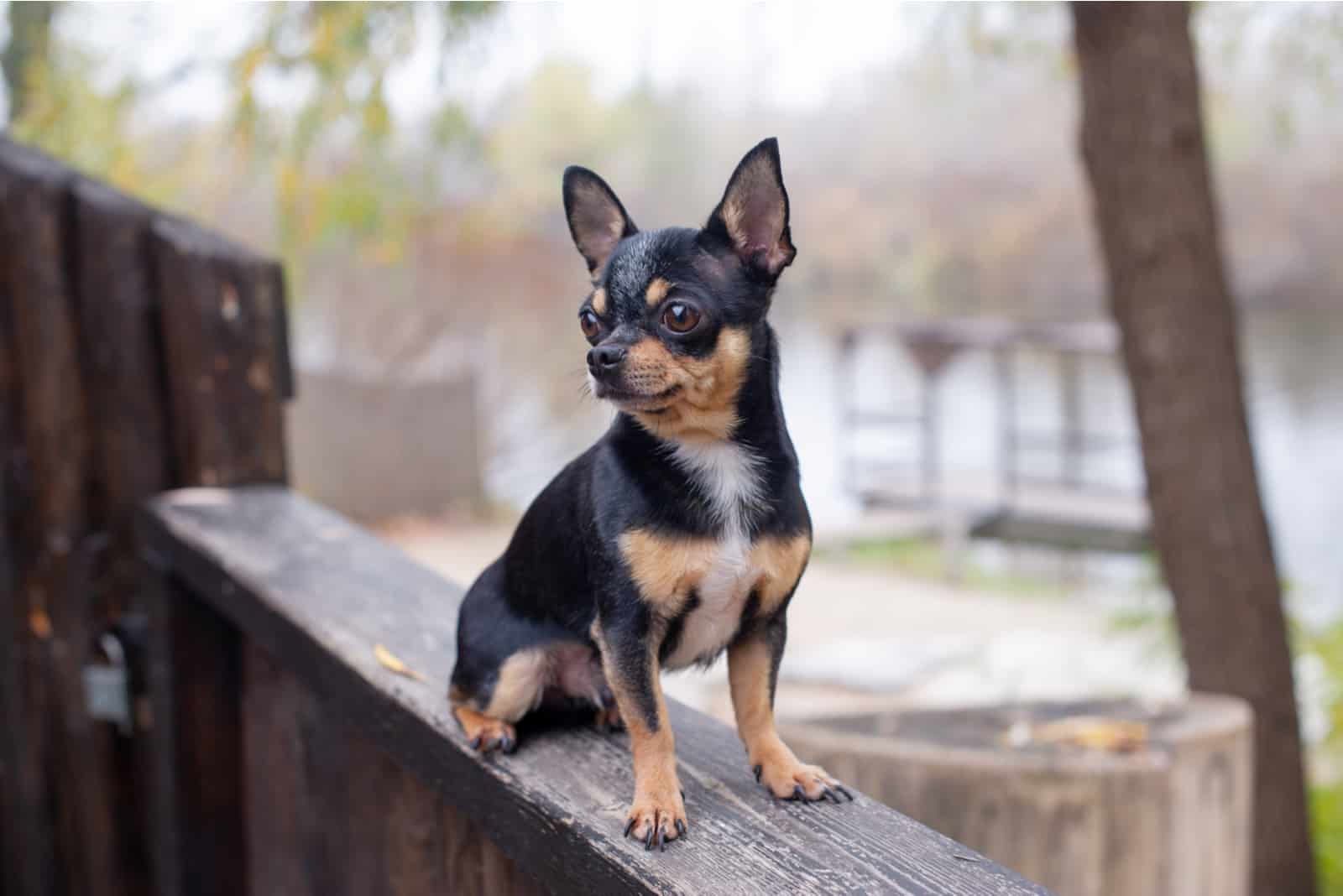
Many of these canines are left to fend for themselves, as the word “street” suggests. They, therefore, tend to be clever, flexible, and strongly driven by food. Mexican street dogs, though, are frequently amiable. Additionally, they get along nicely with kids and other canines with the right socialization.
They may be identified by their want and need to charm you, so they can possibly have normal shelter, normal food and companionship, possibly some job managing cattle, lambs, or children, as well as a place to slumber in the sun.
They can easily survive by dumpster diving, but as with any other dog breed, they would live a healthier and happier life if they were given regular dog food.
They always possess a strong character, intelligence, and the ability to cross a city road or hectic freeway without getting murdered. The ability to survive in a dangerous environment is the most important quality of a Mexican street dog.
At the end of the day, these dogs know how to get around the streets and survive. And I bet that some spoiled dogs couldn’t survive more than a day in the places where the Mexican street dogs live. And that is their main power – being one of the most intelligent dogs, and simply getting by.
However, they can be distrustful. They are used to being hit, cursed at, chased, and many other horrific things. Because of such things happening to them, they are usually, at least careful around people, if not frightened.
Getting them to trust you can be a tough one. Because of that, if you decide upon adopting this dog, you will need a lot of patience to make them feel safe around you. Using some positive reinforcement techniques and giving them enough time and space will usually do the trick.
How Do Mexican Street Dogs Get Food?
It is not easy even for us to survive in this harsh world that we live in. Let alone the homeless dogs, who don’t have a proper source of food, clean water, or a place to stay. Forever homes are probably something that they can only dream of.
These dogs depend fully on the good people around them, some local organizations for stray dogs, and of course, dumpster diving.
As in any other country, there will always be good people that will feel the moral obligation to feed someone who is hungry and to give them at least a tiny bit of love. There are stray dogs all over the world, and especially in countries where the way of dealing with them has not been legally resolved.
The food that they will usually eat is leftovers from people. Those leftovers are usually at least old or spoiled, but they have developed a tough immune system and a metabolism that can get through even that type of food.
Rarely, they will be able to stick around a certain neighborhood, where they will have some families that will regularly feed them. However, this is a rare occasion, and most of them will have to get by, on their own.
SPCA Puerto Vallarta: Hope For A Better Tomorrow
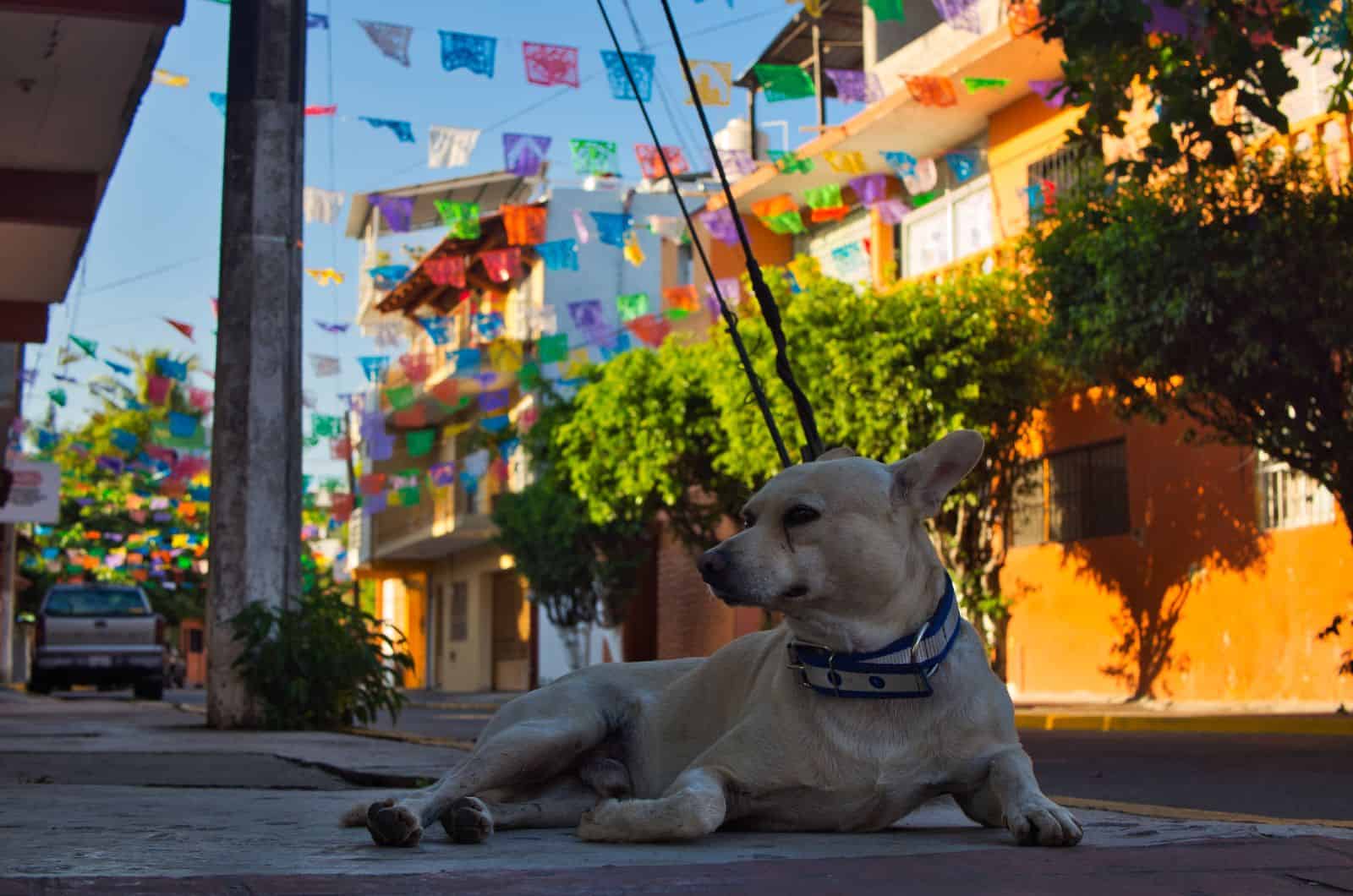
They dedicated themselves to giving the homeless dogs & cats from Puerto Vallarta, Mexico a better future.
The SPCA Puerto Vallarta has become a shelter-based organization dedicated to the rescue, treatment, rehabilitation, and ultimately adoption of stray dogs and stray cats.
250 animals were saved, adopted, and more than 500 animals were sterilized by the SPCA Puerto Vallarta staff in 2019 alone. As a no-kill facility, SPCA Puerto Vallarta offers refuge to animals that are not suitable for adoption due to their impairments.
As SPCA Puerto Vallarta continues to uphold the goals and principles set out by its founding executive director, Janice Chatterton, SPCA International is pleased to lend support.
They think that animal rescue is the key to solving this problem. All of the stray dogs, in their opinion, should be neutered in their dog rescue program. By doing so, the number of stray dogs would be reduced progressively.
When scavenging the dumpsters for a bite of food, these dogs usually catch fleas. And that’s when the SPCA Puerto Vallarta comes to the rescue. Not only do they spay and neuter the dogs, but they also clean them of fleas.
They try to put every stray dog or cat with whom they come in contact, up for adoption. Finding a new home for them can be challenging. However, they report numerous Canadian people reaching out to them in order to adopt a stray dog or a stray cat.
What Is The Life Expectancy Of A Mexican Street Dog?
Despite the many hardships that these dogs have in their lives, The irregular daily (weekly) meals, the fights they have with other dogs and people who don’t have good tendencies towards them, they have an outstanding life expectancy.
These dogs can live anywhere from 10 to an astonishing 20 years. Their long lifespan has to do with their toughness, their strong gut, and their even stronger immune system.
These dogs are everything but spoiled, they can easily adapt and get used to almost every possible situation – from not eating for days, sometimes even weeks, to being thirsty or having sleepless nights.
Toughening up and growing up is the same thing for these dogs, because the food that they need to eat is not going to find itself.
Final Word
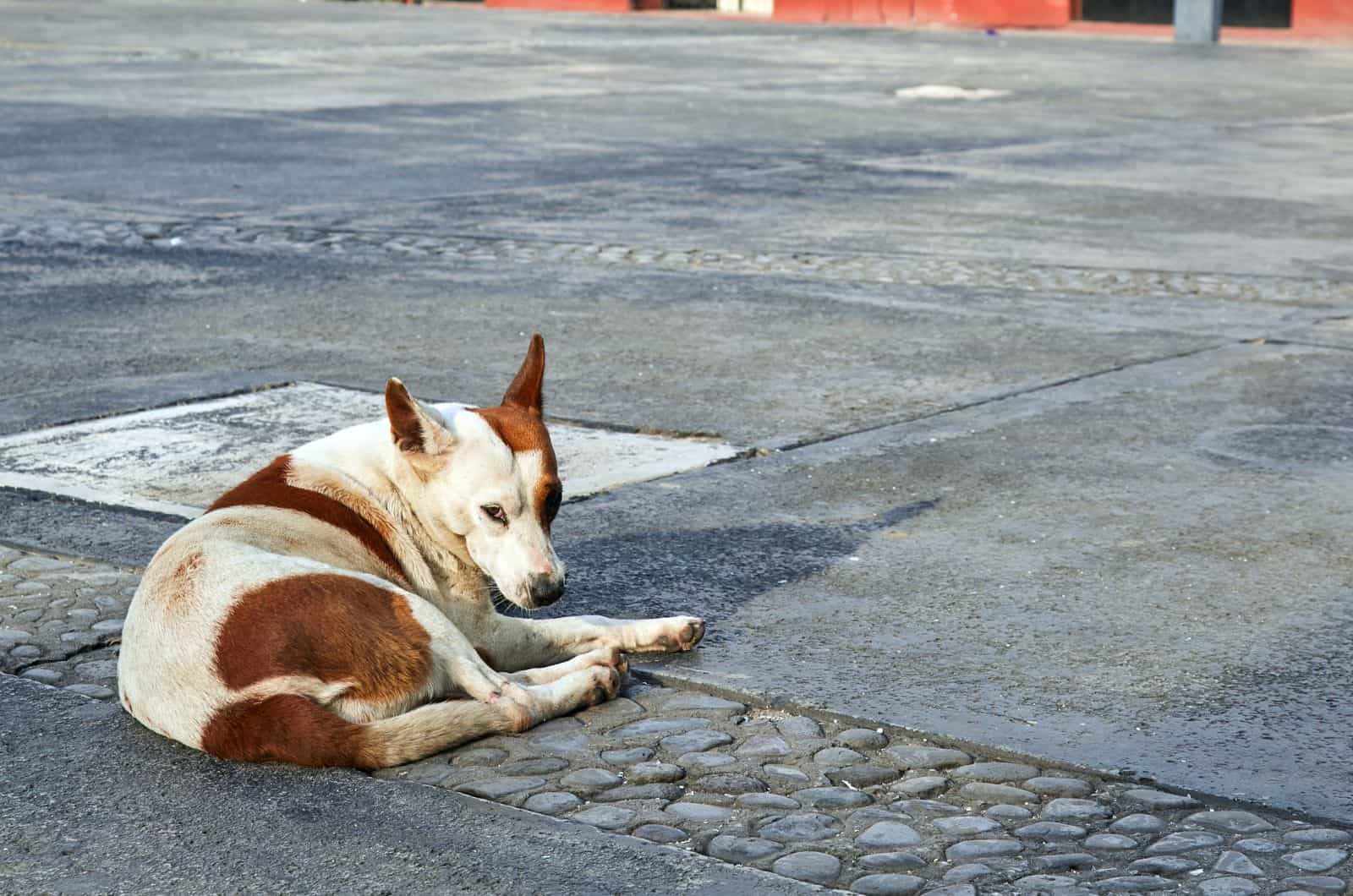
There are a lot of stray dogs and cats, which is really terrible. However, people’s awareness is expanding as adoption is being encouraged more and more, while some middle-class or wealthy individuals who exclusively purchase purebred animals are being discouraged (and even harshly judged).
Numerous people and organizations rescue, care for, and nearly always spay and neuter the animals before offering them for adoption. Recent legislation creating harsh punishments for animal abusers, defining the rights of animals, and establishing rules that pet owners must follow have been passed in the City and several other States.
The most common reaction of street dogs throughout Mexico, seems to be to avoid people when they approach because stray dogs are frequently hit, beaten, or shouted at. This inhumane treatment is presumably what led to this behavior.
That you could contract rabies is one exaggerated worry. Since 1990, several government immunization initiatives have effectively eliminated this possibility. Officials in 10 states recorded 125 cases of rabies spread among dogs and cats in 2005, as opposed to more than 3,000 occurrences in states and union territories in 1990.
The health ministry of Mexico documented just three cases in three states last year, and not all of them implicated humans, in accordance with the most recent statistics.
Still widely present in Mexican streets are both stray dogs and stray cats. With the efforts of the catchers, the quantity of stray dogs has significantly decreased over time, but stray animals, typically mongrels, can still be spotted hanging around near markets or food carts where they have a better chance of finding food.
You May Also Be Interested To Read:
Restaurant owner who feeds stray dogs
